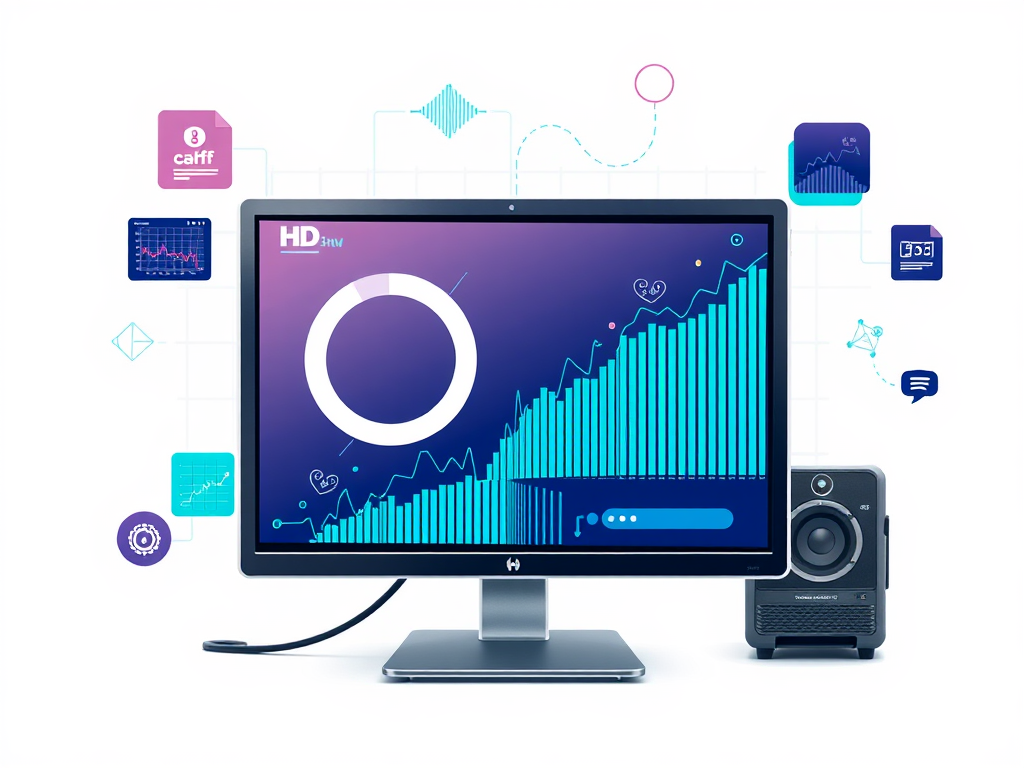Innovative Applications of Virtual Reality in UK Marketing
Virtual reality marketing UK has rapidly transformed traditional advertising by offering immersive, interactive experiences that captivate consumers. Leading brands employ creative VR campaigns UK to engage audiences far beyond static ads or standard video content. For instance, immersive showroom walkthroughs allow customers to explore products virtually, providing a hands-on feel without physical presence.
Brands in retail, real estate, and entertainment have demonstrated how VR advertising examples can create memorable experiences. One compelling instance includes virtual tours of luxury homes, helping potential buyers visualize spaces in three dimensions before visiting in person. Another example sees fashion brands using VR catwalks, allowing online users to enjoy front-row views, amplifying excitement and brand loyalty.
Also read : Shaping tomorrow: the impact of marketing on the evolution of uk computing
Such campaigns highlight the strategic shift towards virtual reality marketing UK as a key tool in brand storytelling. By integrating sensory elements like 3D visuals and spatial audio, companies create engaging narratives that resonate emotionally. The increased interactivity in these VR experiences not only captures attention but also fosters stronger connections between brands and customers.
Thus, leveraging VR technology offers UK marketers innovative ways to differentiate their campaigns, maximize consumer engagement, and elevate overall brand perception.
In the same genre : Revolutionizing customer engagement: ai’s impact on uk strategies
Key Benefits and Challenges of Adopting VR in UK Marketing Strategies
Virtual reality marketing UK offers distinct benefits of VR marketing compared to traditional methods. It delivers highly immersive experiences that enhance customer engagement, allowing brands to communicate messages more vividly. This leads to improved brand perception and longer consumer attention spans, which conventional ads often fail to achieve. Interactive environments foster emotional connections, making campaigns more memorable and effective.
However, the challenges of VR adoption must be acknowledged. High initial costs for hardware and content development can limit accessibility for smaller businesses. Technical issues such as motion sickness and hardware compatibility also pose hurdles. Additionally, marketers face difficulties integrating VR seamlessly into existing campaigns. Overcoming these challenges requires careful planning, choosing user-friendly platforms, and targeting tech-savvy audiences to maximize ROI.
Embracing VR aligns with ongoing UK marketing innovation, enabling brands to stand out in a competitive landscape. Marketers focusing on compelling storytelling and technical quality find the transition smoother and more rewarding. Thus, understanding the balance between the advantages and obstacles is crucial for successful VR marketing UK strategies.
Innovative Applications of Virtual Reality in UK Marketing
Virtual reality marketing UK is reshaping how brands connect with audiences by delivering immersive, interactive content that traditional media can’t replicate. Among the most striking VR advertising examples are virtual showrooms where consumers explore product details in 3D, simulating real-world interaction. This hands-on approach deepens engagement, bridging the gap between browsing and buying.
Creative VR campaigns UK also extend into event marketing. For instance, virtual launch events enable brands to invite global participants to engage with new products in a dynamic VR environment, expanding reach while reducing costs. Fashion labels, through VR catwalks, allow users to experience runway shows from unique perspectives, enhancing excitement and boosting brand affiliation.
Leading UK marketers leverage such experiences to craft compelling narratives, using VR’s sensory capabilities to evoke emotion and build connections. Technology integration involves careful design to balance interactivity with ease of use, ensuring accessibility for diverse audiences. These virtual reality marketing UK strategies drive innovation by transforming passive viewers into active participants. The continual evolution of VR tools indicates a growing role in UK marketing, promising more sophisticated, customized campaigns ahead.
Innovative Applications of Virtual Reality in UK Marketing
Virtual reality marketing UK continues to push boundaries, offering brands unique ways to engage consumers through immersive storytelling and interactive content. Beyond traditional video ads, creative VR campaigns UK transform product discovery into memorable experiences. Retailers use VR to let customers virtually try products, enhancing confidence and purchase intent. For example, automotive brands create virtual test drives, offering hands-on simulation that physical showrooms cannot replicate.
Several VR advertising examples demonstrate this shift. One notable campaign involved a UK-based travel company that enabled users to explore destinations in VR, increasing booking rates by providing a realistic preview. Similarly, a furniture brand developed a VR app allowing shoppers to visualize how pieces fit into their homes, reducing returns and boosting satisfaction.
By leveraging cutting-edge VR technology, UK marketers craft interactive narratives that engage multiple senses. This approach not only captures attention but also deepens emotional connections, driving brand loyalty. Companies adopting these virtual reality marketing UK strategies report higher consumer engagement metrics, proving VR’s effectiveness as a transformative marketing tool. The ongoing evolution of these applications signals expanding opportunities for immersive brand experiences across diverse sectors.
Innovative Applications of Virtual Reality in UK Marketing
Virtual reality marketing UK is actively reshaping promotional strategies by providing immersive experiences that traditional ads cannot match. Among notable VR advertising examples, virtual showrooms stand out, enabling consumers to interact with products in a 3D space, which deepens engagement and bridges the online-offline gap. For instance, automotive brands offer virtual test drives, allowing users to experience vehicle features from their homes, while fashion and home furnishing companies use VR to simulate product usage in realistic environments.
Creative VR campaigns UK also excel in event marketing. Brands host virtual product launches accessible worldwide, boosting reach beyond physical limits. This approach reduces logistical costs while creating dynamic environments for audience participation. Travel companies use VR to transport users to destinations virtually, increasing booking rates by generating authentic experiential previews.
Such applications illustrate how virtual reality marketing UK unlocks innovative storytelling. By integrating sensory stimuli and interactivity, brands engage customers more effectively, turning passive viewers into active participants. The ongoing development of VR platforms continues to offer marketers versatile tools that enhance brand connection and consumer satisfaction across sectors.

